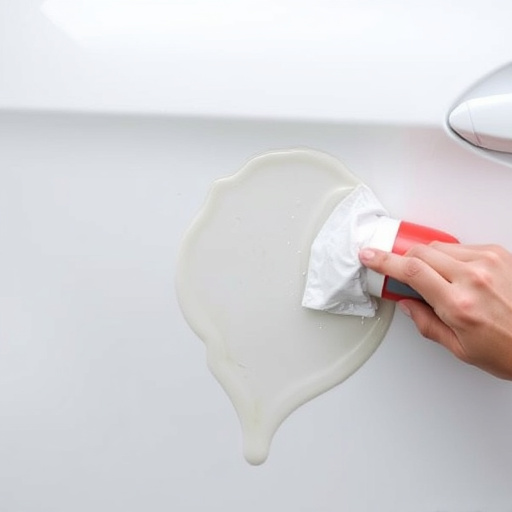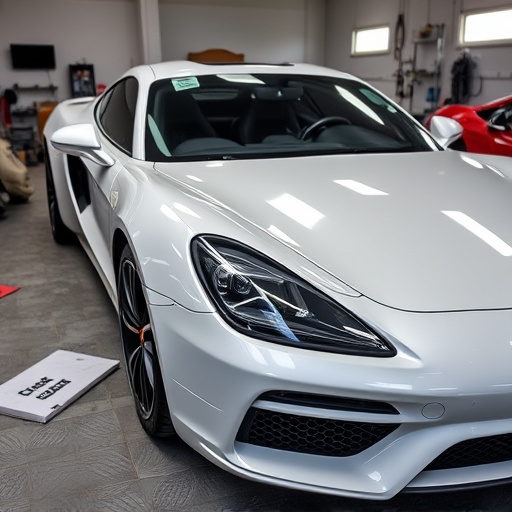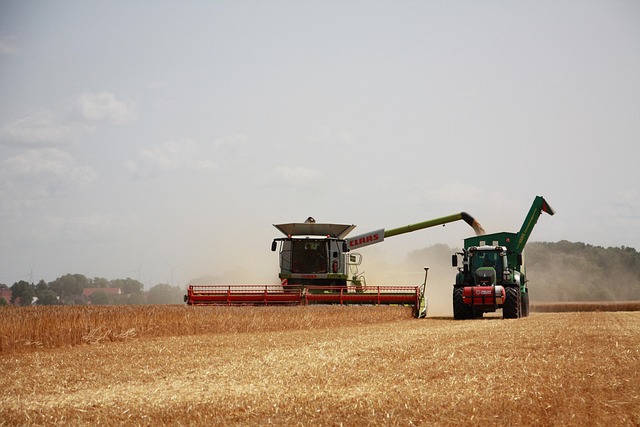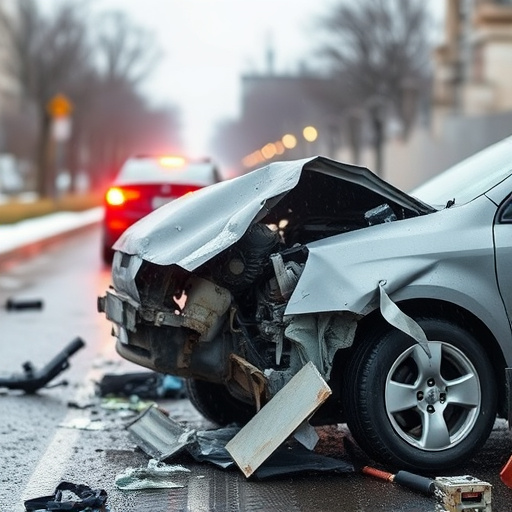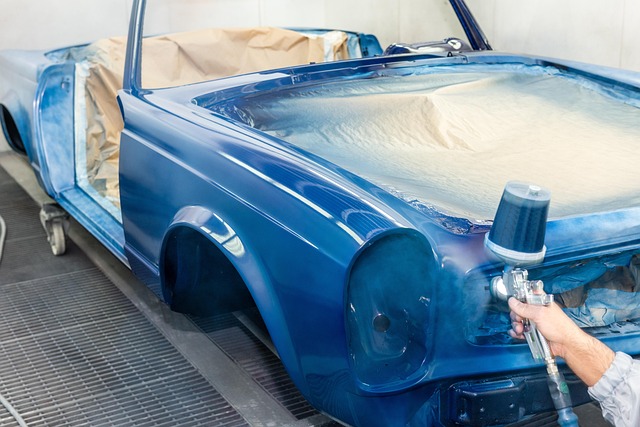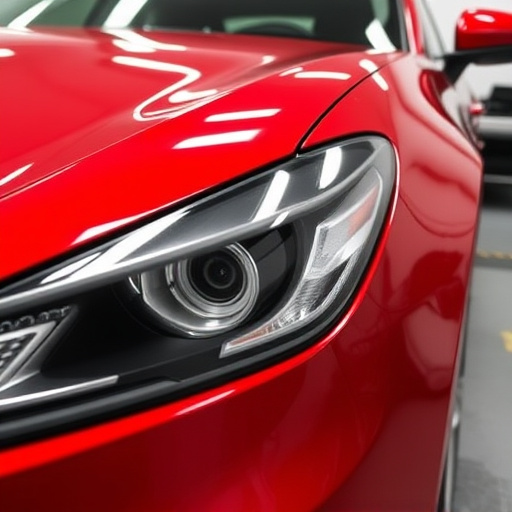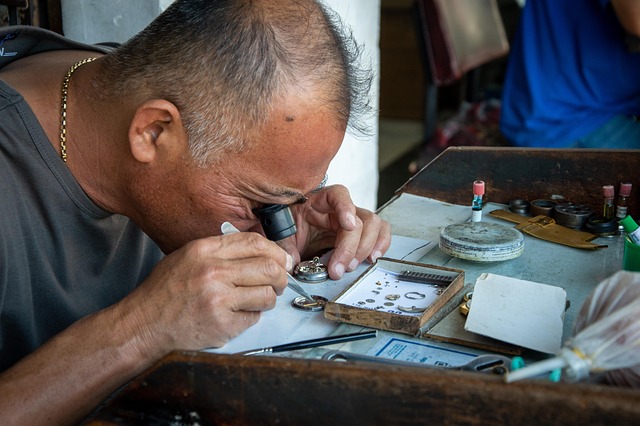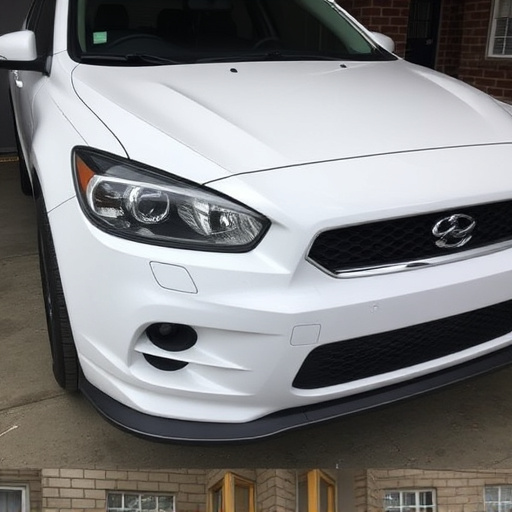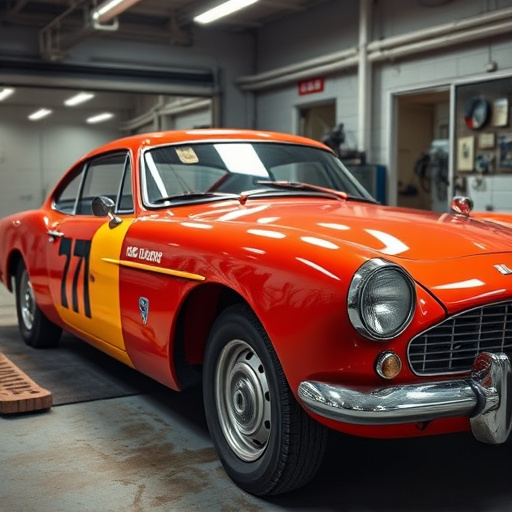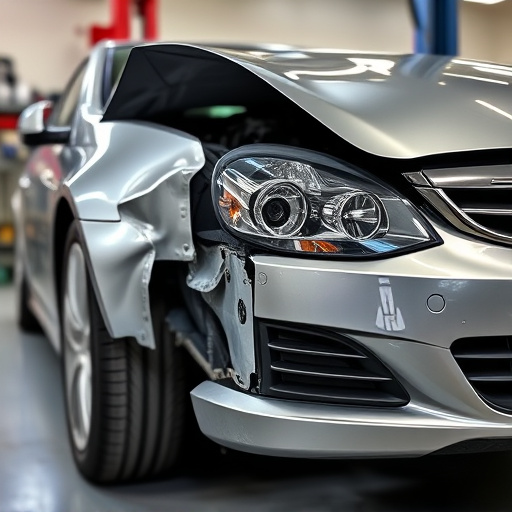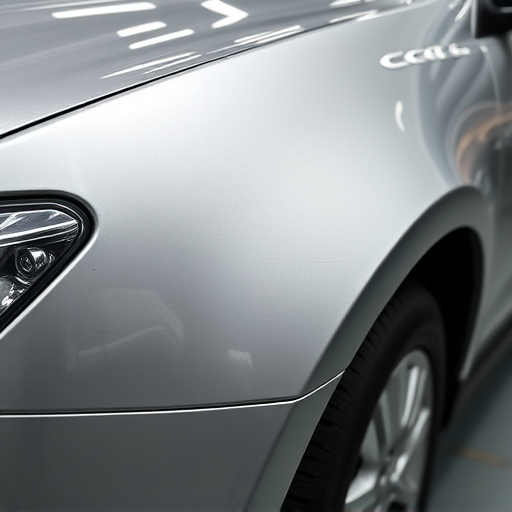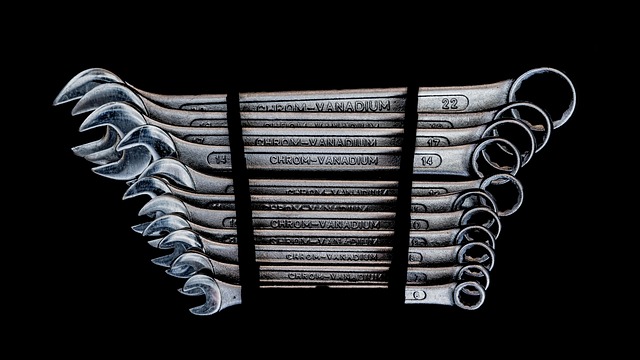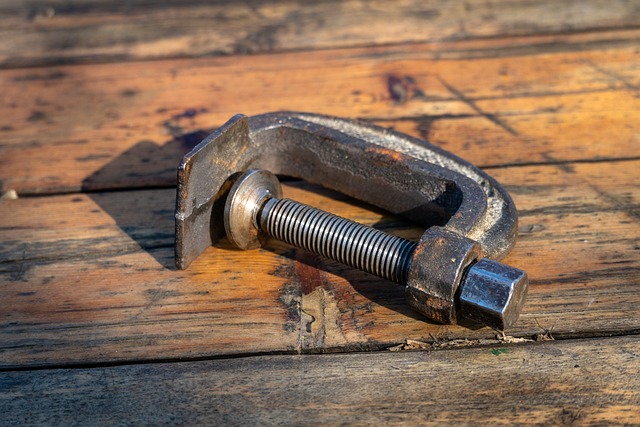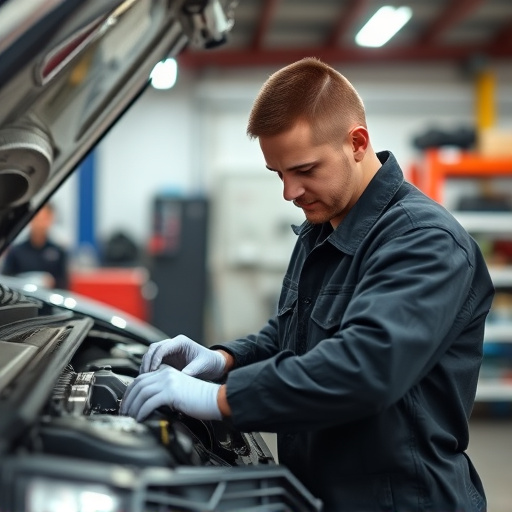Tesla fender camera alignment is critical for vehicle safety and autonomous driving accuracy. It involves calibrating cameras for precise image capture, supporting ADAS and self-driving features. Optimal alignment requires visual inspection, position adjustments, and digital verification, essential for damage assessment and repair, especially in luxury brands like Mercedes-Benz. Regular visual calibration checks prevent misalignment issues, enhancing safety and performance.
“Unlocking the full potential of your Tesla’s advanced driver-assistance systems (ADAS) starts with understanding and calibrating its fender camera alignment. This comprehensive guide delves into the intricacies of Tesla fender camera alignment, offering a detailed visual calibration checklist. By following these steps, you’ll ensure optimal safety and performance, enabling your vehicle’s Autopilot and other features to navigate roads with precision. Stay tuned for practical insights on navigating this crucial aspect of your Tesla’s setup.”
- Understanding Tesla Fender Camera Alignment
- Visual Calibration Process: Step-by-Step Checklist
- Ensuring Optimal Safety and Performance Through Alignment
Understanding Tesla Fender Camera Alignment
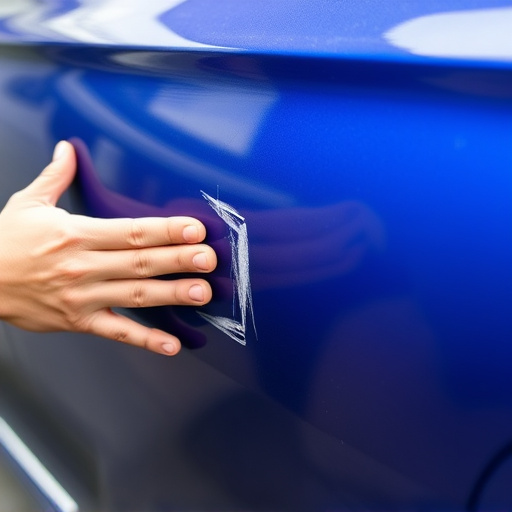
Tesla Fender Camera Alignment is a critical process that ensures your vehicle’s safety and the accuracy of autonomous driving systems. Proper alignment involves meticulously calibrating cameras situated around the car, enabling them to capture precise images for various functions, from advanced driver-assistance systems (ADAS) to self-driving capabilities. This process requires a deep understanding of how these cameras interact with each other and the vehicle’s structure, especially in detecting and mitigating potential fender bender incidents or car damage repairs.
Achieving optimal Tesla Fender Camera Alignment involves several steps, including visual inspection, adjustment of camera positioning, and verification through digital calibration. For instance, when dealing with a Mercedes-Benz repair, where precision is paramount, technicians must ensure that cameras are aligned to capture detailed and accurate visuals of potential impact zones, thereby facilitating efficient damage assessment and repair processes.
Visual Calibration Process: Step-by-Step Checklist
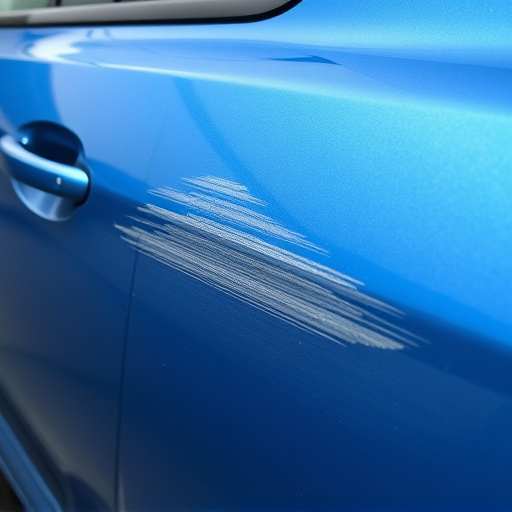
Visual Calibration is a crucial step in achieving optimal Tesla fender camera alignment. This process ensures that your vehicle’s advanced driver-assistance systems (ADAS) have an accurate view of their surroundings, enhancing safety and performance. Here’s a step-by-step checklist to guide you through the visual calibration process:
1. Preparation: Park the vehicle in a flat, open area away from traffic. Ensure all windows are closed and sunroofs are covered to avoid distractions. Make sure the battery is fully charged, as this affects camera functionality.
2. Accessing the Cameras: Use your Tesla’s touchscreen to access the Camera Settings menu. Here, you can confirm each camera’s live feed, ensuring they’re all operational. Some models might require you to consult the owner’s manual for specific button combinations to activate individual cameras.
3. Visual Calibration Process: Follow on-screen prompts to initiate visual calibration. This will involve guiding your vehicle through a series of movements: backing up, turning, and changing lanes. The system will prompt you when it needs access to each camera. Keep the screens clear and ensure no objects are blocking the cameras’ view.
4. Collision Damage Repair Considerations: While Tesla’s advanced cameras can withstand most everyday conditions, severe collision damage may affect their alignment. If your vehicle has undergone significant auto repair near me or an auto collision center, it’s crucial to have a professional check and realign the cameras post-repair.
5. Final Checks: Once the calibration is complete, the system will notify you. Test each camera’s functionality in different driving scenarios to ensure accurate alignment. Remember, proper Tesla fender camera alignment not only enhances safety but also improves your overall driving experience.
Ensuring Optimal Safety and Performance Through Alignment
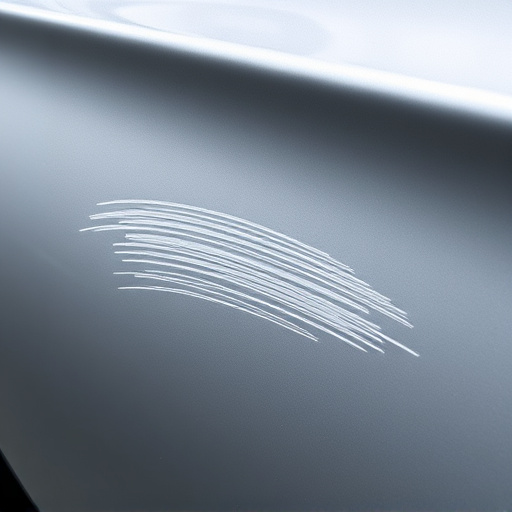
Proper Tesla fender camera alignment is paramount for both safety and optimal vehicle performance. These cameras play a crucial role in advanced driver-assistance systems (ADAS), enhancing visibility around the vehicle, especially during parking or low-speed maneuvers. When aligned correctly, they provide accurate data for features like autonomous driving, lane departure warnings, and automatic emergency braking, ensuring your car’s safety and reducing the risk of accidents.
Misalignment can lead to decreased sensitivity and inaccurate readings from these cameras, which could have severe consequences on the road. Regular visual calibration checks, including adjusting camera position, aiming, and pixelation settings, are essential. Conducting these checks at a professional car body shop or even utilizing in-house tools for adjustments can prevent issues related to car dent removal and maintain your vehicle’s overall integrity. After all, a well-aligned Tesla is safer and performs better, providing peace of mind while behind the wheel.
Tesla’s fender camera alignment is a critical component for optimal vehicle safety and performance. By mastering the visual calibration process, drivers can ensure their cars maintain accurate sensor data, enhancing awareness during autonomous driving and manual operations alike. Regularly referring to this checklist will help keep your Tesla’s camera alignment in top shape, ultimately contributing to safer and more efficient driving experiences.
